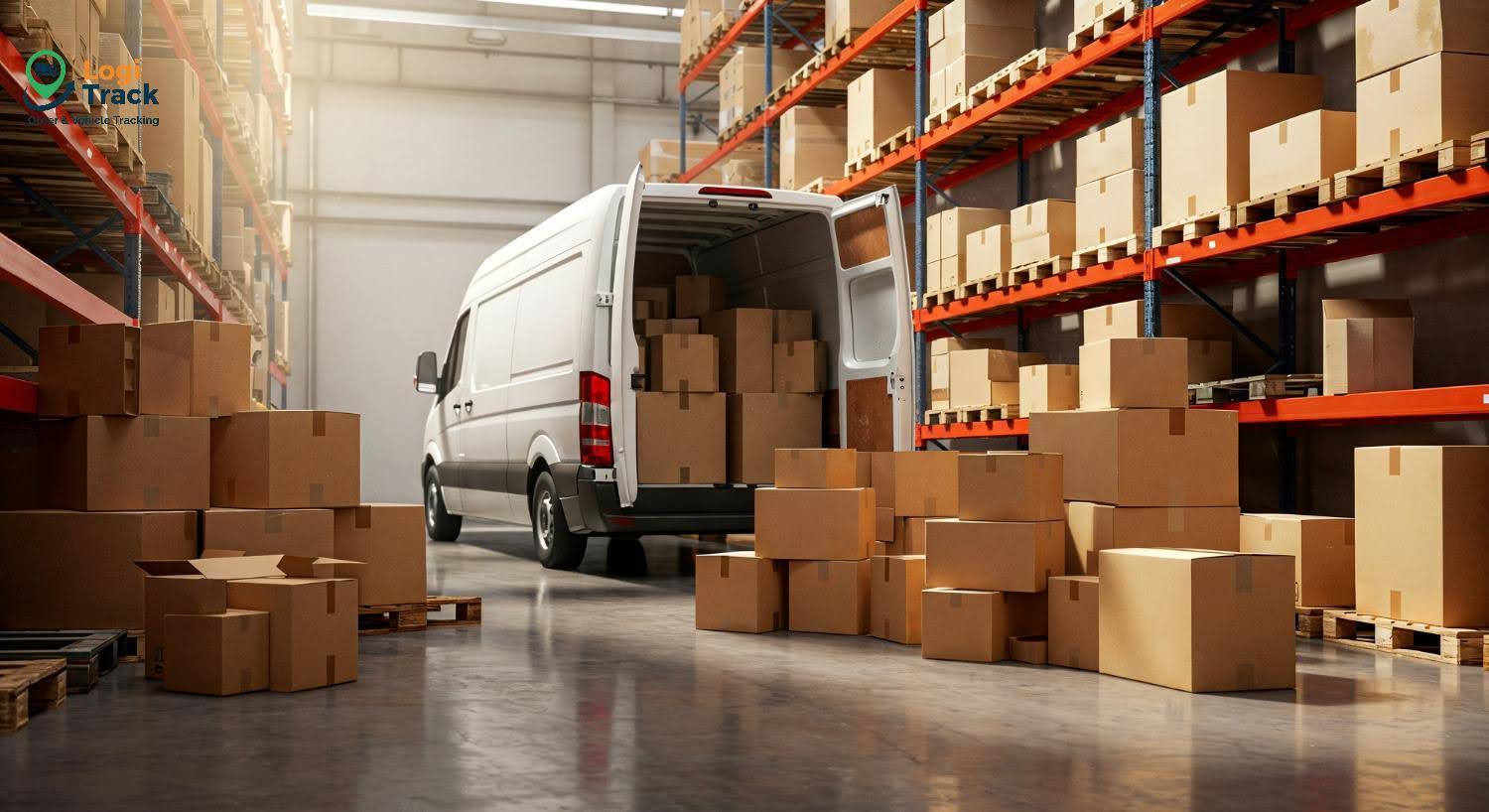

Monday, 03/11/2025, 09:32 (GMT+7)


Instead of hiring additional staff to check inventory, reconcile documents, or call drivers, logistics software automates these processes. The system can provide features such as:
Recording operational data in real time.
Sending automatic notifications to customers when order statuses change.
Updating inventory and generating reports instantly.
As a result, businesses can save hundreds of working hours and significantly reduce labor costs.
One of the largest expenses in logistics is fuel. Modern logistics software can analyze the shortest routes, predict travel times, and optimize delivery paths based on real-world conditions.
This helps enterprises reduce fuel consumption, shorten delivery times, and improve fleet efficiency.
Even with free logistics software, data is still entered and processed automatically, minimizing errors. This helps businesses avoid issues such as lost goods, incorrect deliveries, quantity discrepancies in inventory, late payments, or invoice errors.
Such improvements not only save money but also enhance brand credibility in the eyes of partners and customers.
Logistics software provides detailed reports on costs, revenue, route efficiency, and driver productivity. SMEs can easily identify weaknesses in their operational processes and make timely adjustments, thereby reducing waste and increasing profitability.

For SMEs, the cost of investing in technology is a major barrier. Therefore, starting with free logistics software is a smart choice. Some cases where using a free version is recommended include:
Newly established businesses wanting to test their operational processes.
Companies with small-scale transportation operations.
Businesses that wish to familiarize themselves with the interface and features before upgrading to a paid version.
However, SMEs should note that free versions usually have limitations in features, such as the number of users, storage capacity, or advanced reporting. Once the business begins to expand, upgrading to professional logistics software becomes necessary to ensure system stability and data security.
To optimize costs and achieve the best results when implementing logistics software, SMEs should evaluate their actual operational needs. Clearly identify existing issues such as product losses, high fuel costs, delayed deliveries, or difficulties in reporting. This assessment will help businesses select the most suitable logistics software.
SMEs should organize training sessions, establish standardized procedures, and ensure consistent data updates when deploying either free or paid logistics software. After implementation, it’s important to evaluate the effectiveness the software delivers.
In a context where operational costs are rising and competition is increasingly fierce, adopting logistics software is not just a trend — it’s a strategic move that enables SMEs to survive and grow sustainably.
If your SME is struggling with rising logistics operational costs, choose Logitrack — a logistics software solution that helps automate processes, reduce errors, and significantly cut costs.
Integrate Order Management (OMS), Transportation Management (TMS), and Warehouse Management (WMS) into a single system, ensuring seamless, accurate data and saving time.
Helps customers and businesses easily check order status using the waybill code directly on the website, ensuring transparency and speed.
Automatically arrange, route, and track the delivery process to improve efficiency and reduce operating costs.
Monitor vehicle conditions, driver schedules, and transportation routes on a single platform to optimize resource utilization.
Store customer information, transaction history, and provide fast customer support to enhance service experience.
All logistics management features are bundled into a single software solution, easy to use and scalable to meet business needs.
Get a free DEMO of all features